What Makes the Difference in a School Library?
The answer might surprise you. Check out this article and infographic:
School Libraries and Student Achievement
There is much attention around the importance of school libraries and advocacy for same. Are we missing the mark? Do school libraries really make a difference? The answer is no, they don’t.
There is ample evidence of efficacy. See, for example, the fine work has been done by the Library Research Service (LRS) in Colorado in documenting the linkages between school libraries and achievement (see: http://www.lrs.org/data-tools/school-libraries/impact-studies/). Many associations also provide access to studies, including the Internatioanl Association of School Librarianship (see: http://www.iasl-online.org/advocacy/make-a-difference.html).
Now look at the great infographic below, prepared by the LRS to aid advocates.
We are confusing school libraries with teacher-librarians.
What is your issue? There are and will likely always be school libraries, by whatever name we label them this year. They are rooms filled with books and computers, and perhaps staffed by technicians or volunteers.
The impact is derived from the teacher-librarian. Not only that, it is linked to specific teacher-librarian behaviors, viz., collaborating with colleagues around formal teaching and learning and providing informal staff development opportunities for colleagues. This is indeed consistent with studies of behaviors preferred by school principals.
So, if we want to make a difference in advocacy, shouldn’t we dump the rhetoric around school libraries and start advocating for teacher-librarians and insisting on those behaviors for the benefit of student learning? We are all to ready to point fingers at funders while letting teacher-librarians off the hook for doing what really makes a difference.
Added to this of course is the issue that others need to advocate for teacher-librarians as well or it appears as simple self-interest.
As in every other library sector, long-term, thoughtful programs of advocacy need to be developed and implemented to ensure sustainable resources.
Ken Haycock is currently Research Professor of Management and Organization at the Marshall School of Business, University of Southern California, where he coordinates graduate programs in Library and Information
Management.

To help with the task of teacher librarian here is another article link and summary:
You’ve heard the saying about being up to the neck in alligators? For teachers, paper has big teeth too! Pinterest has been a really useful tool for me to organize ideas for activities. This resource gives ways to use Pinterest for libraries: pinning book covers, creating reading lists, highlighting new books, sharing infographics, ideas for reading promotions, files of articles on specific topics, encouraging kids to read, and more.
https://www.leelofland.com/20-great-ways-libraries-are-using-pinterest/
20 Great Ways Libraries Are Using Pinterest
Pinterest is taking the social media world by storm, and it isn’t just popular with individual users. Businesses, nonprofits, and even libraries are sharing ideas and information through the site as well, connecting with people from around the country and around the globe. Whether you’re a librarian, student, teacher, or just an avowed bibliophile, Pinterest offers another great way to keep up with creative and cutting-edge ways libraries are engaging with their communities. Read on to learn about some of the many ways libraries are helping spread the word about the resources and services they offer, using this innovative new social media forum.
Pinning book covers.
Showcasing historic archives.
Creating reading lists.
Sharing new acquisitions.
Promoting library activities.
Research.
Showcasing learning-related infographics.
Encouraging kids and teens to read.
Collecting ideas for library displays.
Getting inspired for library programs.

Collecting learning materials for parents.
Highlighting library staff members.
Offering up access to digital collections.
Running reading programs.
Showing off things in the local community.
Showing pictures of the library.
Sharing craft projects.
Helping patrons start book clubs.
Building a community of libraries online.
Creating collaborative boards with patrons.

Is your staff on board? Here are my words to the rest of the staff. Feel free to use and adapt for your situation…
Advocating For School Library Programs – Report to Staff
by Barbara Allisen
Once upon a year…
Webster’s defines reading quite simply as making meaning from print; the action or skill of reading written or printed matter silently or aloud. As teachers we know the process of creating meaning from print is anything but simple. Not only that, the print medium of books has expanded to include screens of all sizes with blogs, posts, tweets, browsers, blogs, articles, documents, spreadsheets, infographics and more in a constant stream. Somedays, I think the words ‘Snapchat’ describe what’s happening in my brain.
Our goal, as a staff, is to help kids cope and make sense of this information explosion. The goal or focus of an exemplary library program is to: develop a love of literature and reading, and teach students to become independent, information literate, lifelong learners. (A Framework for School Library Programs in the 21st Century, School District #73 Kamloops/Thompson)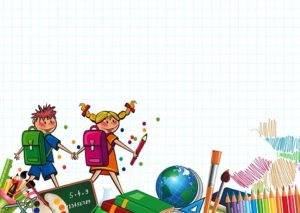
District #73 in Kamloops outlines 4 strands: LITERATURE, INFORMATION LITERACY, LEADERSHIP AND CURRICULUM SUPPORT, and LIBRARY MANAGEMENT. Our district has great resources too but this summary is helpful.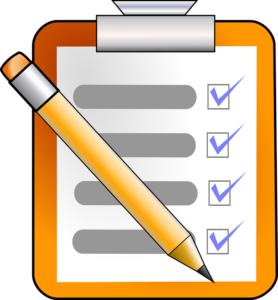
As staff, you each know best the ways you need support from me as teacher librarian. I’ve gleaned some of that from your requests, comments, and questions. Using that as a starting point, here are some of the plans for ways to develop the school library program and expand on ways to support you and the students.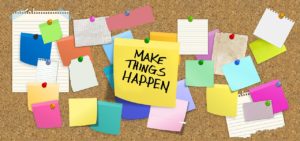
–I’ll start with Library Management. First, is organizing the library into easy-to-find-and-use resources. Sometimes, these are in containers and sometimes, on a whole shelf. Bins, baskets, and holders will have words and relevant pictures. There are clipboards now hanging right behind the desk where you can jot down almost the minute you think of it resources you need we don’t have. These become priorities for budgets. Spaces will be arranged too, such as an interactive area, a presentation carpet, and a quiet-all-in-my own-world retreat. Any ideas on best-place for a digital area since the computer lab is being changed?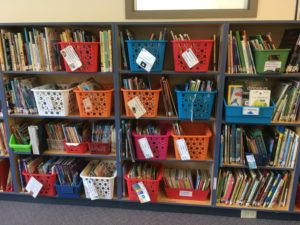
–In terms of Literature, collection and access are only part of the story. (pun humorously intended). There will be literacy activities including: displays, author visits, the Book Fair, participation in local events such as BookFest, Public Library Reading Challenge, Red Cedar awards, school events, and the library club.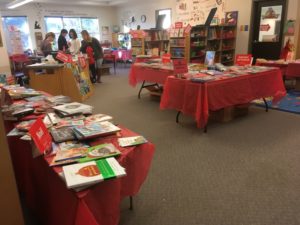
–For Information Literacy, I want to tap into district resources for a K-7 continuum of digital citizenship and literacy goals. Together, I’d like to develop some joint activities. From talking with a couple of you we’ve come up with ideas such as students writing their own graphic stories, making an info page of the life-cycle of the chicks, and a comic of the salmon hatching process. These integrate so many areas of curriculum and literacy development.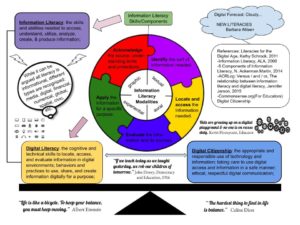
–And that leads into the fourth strand of Leadership and Curriculum Support. I’m pretty familiar with the curriculum in kindergarten but remember, after grade 2 the kids are bigger than I am, so I haven’t strayed much into these classes. I will need to make a quick-and-easy summary of the rest of the grade levels. When you do those outlines for parents could you make me a copy? I’ll highlight the main topics and make an overall chart. We’ll go from there to work on some units and topics and organize what resources we’ve got and what we need.
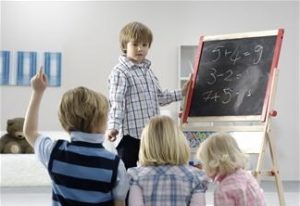
A special interest project of mine is to create and collect Story Stones. Neuroscience is discovering the human brain is wired for story. Lisa Cron, the author of Wired for Story: The Writer’s Guide to Using Brain Science to Hook Readers from the Very First Sentence says: Opposable thumbs were a big step in human evolution, but…stories were too….[O]opposable thumbs help us hold on, but stories tell us what to hold on to. Stories are a way to teach and learn. “When you’re lost in a good story, it’s not arbitrary, it’s not pleasure for pleasure’s sake. It’s biological, it’s chemical, it’s a survival mechanism.” (http://wrvo.org/post/neuroscience-shows-brain-wired-story)

In a way, story stones date back from the very earliest of times. Maybe cave art is just the cave dwellers big screen of story stones. Stones combine hands-on with visual and auditory. It’s a highly versatile resource and very cost-effective. The idea first popped up from the site Happy Hooligans but just a glance at Etsy shows how popular and widely-used they are.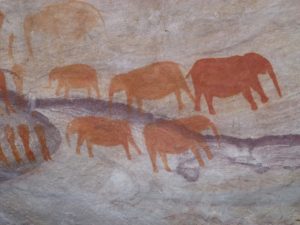
In the electronic-age, we risk losing what Einstein called even more powerful than knowledge. The Imagination. We may discover as Artificial Intelligence becomes increasingly more prevalent that Imagination is the most precious human ability. Story Stones are a way to tap into and grow the imagination.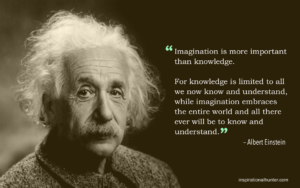
I’m so excited to be back for another year. Who knows how much we will be able to do in a year. Plans often have their own ideas of how they will work and evolve. This is only the starting point and it’s open to change and input. We don’t know yet the end of the story for the upcoming year, but we can crack open the cover. Once upon a year…